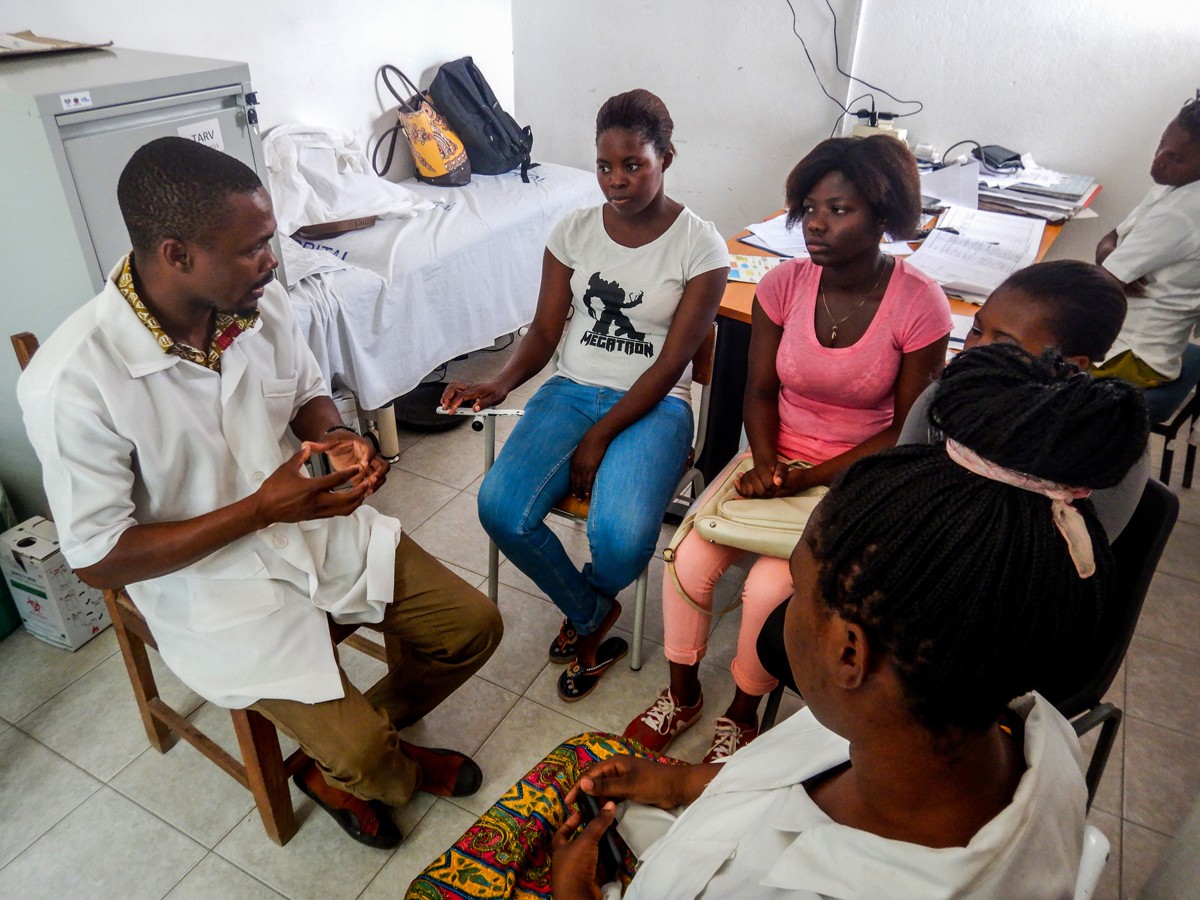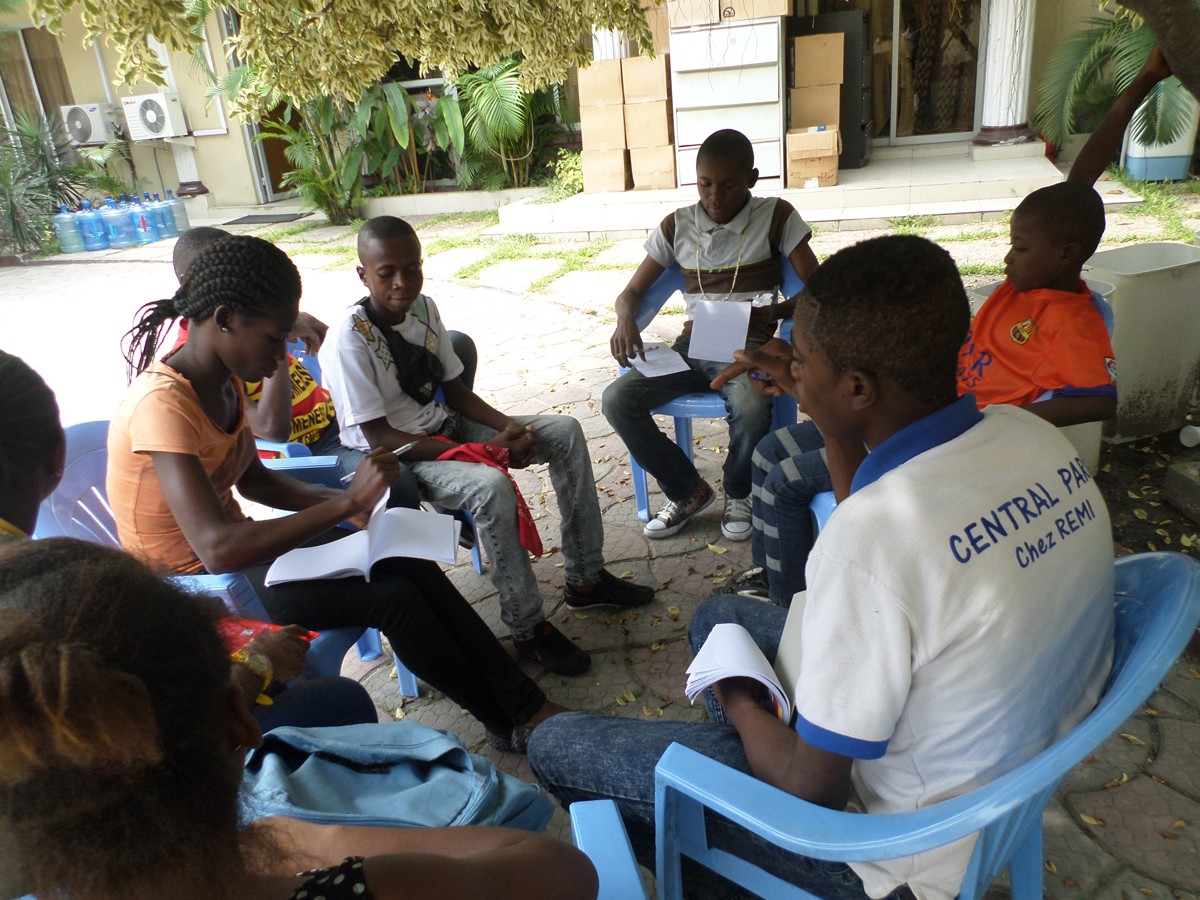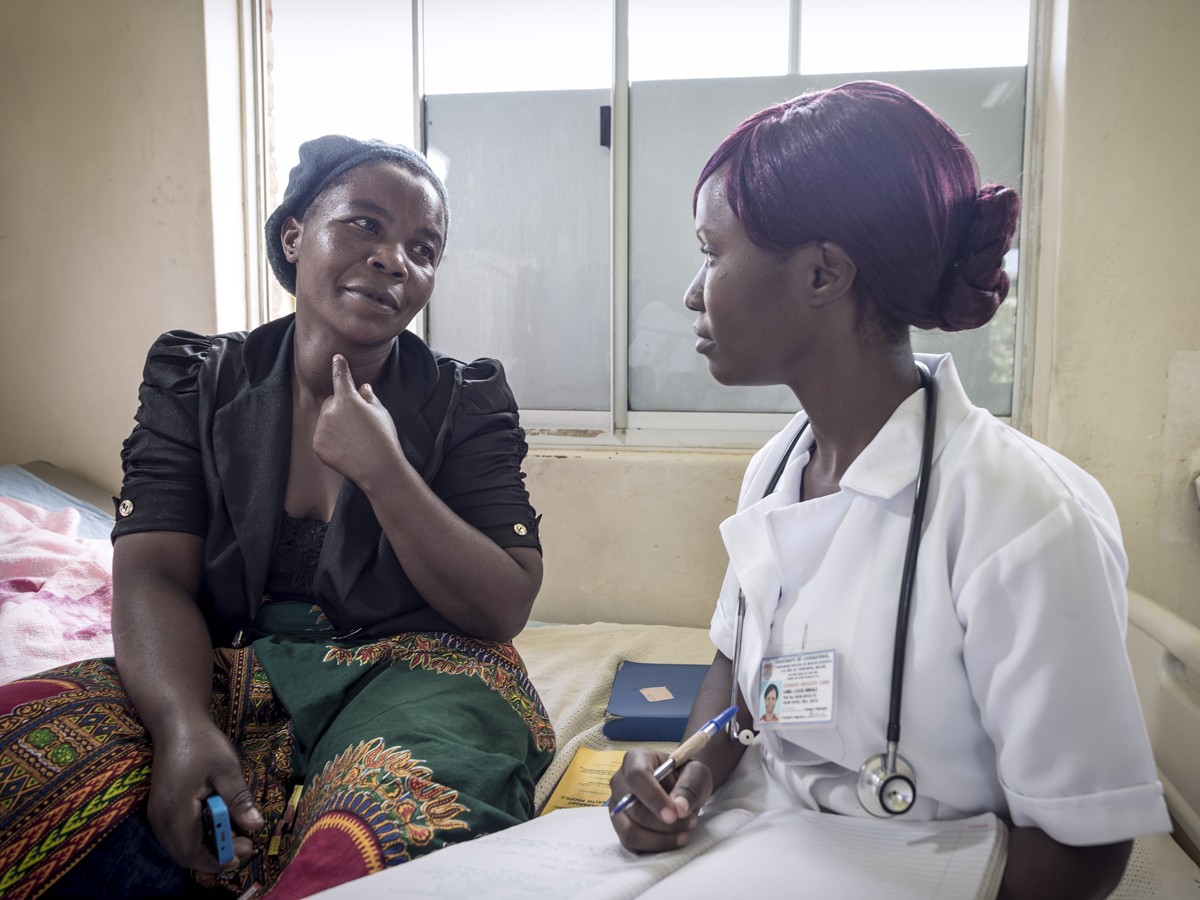Authors:
Mtisi TJ, Kouamou V, Morse GD, Dzinamarira T, Ndhlovu CE.
Abstract:
Background
Monitoring adherence presents a challenge in adolescents and it is prudent to explore several options for determining their level of adherence. This study sought to determine ART adherence levels in adolescents and young adults (on a tenofovir-containing regimen) failing ART as measured by self-reports, pill counts and DBS tenofovir concentrations and to compare levels of agreement among the methods and determine the ability of each method to predict virological suppression.
Methods
This was a cohort study involving 107 adolescents and young adults between 10 and 24 years failing ART with viral load > 400copies/ml at enrolment. Pill count (PC) records, self-reports (SR) and DBS tenofovir concentrations (done by liquid Chromatography with tandem mass spectrometry (LC-MS/MS)) were used to determine adherence in adolescent participants failing ART in Harare. The latter was used as the reference method with a cut-off of 64 ng/ml. Determination of DBS tenofovir concentrations was also performed to rule out inadequate viral response due to low cumulative drug exposure despite high adherence (≥90 %). Longitudinal analysis was performed to determine the correlation of viral loads (VL) with adherence. The Kappa (k) coefficient was used to evaluate the level of agreement among the 3 methods.
Results
Poor level of agreement was found between PC records and DBS tenofovir concentrations (k = −0.115). Moderate agreement was found between DBS and SR methods (k = 0.0557). Slight agreement was found between PC and SR methods (k = 0.0078). Adherence was dependent on age at HIV diagnosis (p = 0.0184) and ART initiation (p = 0.0265). Participants who were adherent were six times more likely to be suppressed at end point than their non-adherent counterparts (OR=5.7 CI 2.1 – 16.5, p < 0.0001).
Conclusions
Self-reported measure of adherence and pill counts exhibited poor agreement with the reference method used i.e. DBS tenofovir concentrations and are thus not effective methods of predicting virological suppression.







